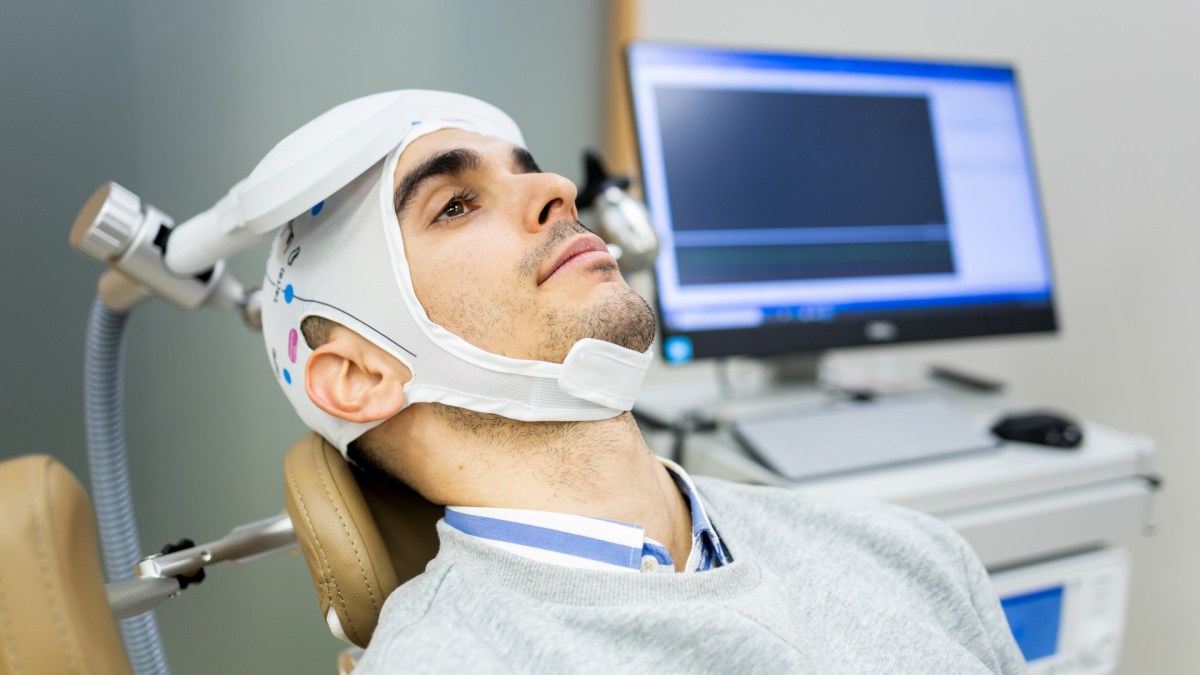
In a rapidly digitizing world, telemedicine promises to revolutionize healthcare delivery by offering remote medical services. It can lower costs, and it can expand access to underserved populations and geographically far-flung regions, not least in situations of crisis, like the COVID-19 pandemic, a natural disaster, or war.
However, despite its clear benefits, telemedicine has yet to be fully embraced by the public. Some people may distrust it, fearing that it offers a subpar experience with physicians. Some may dislike the inconvenience, including having to download and set up the technology. Others still may have different biases, including the reticence to move from something they know to new alternatives.
Telemedicine in Argentina
Such barriers, present in Latin America and the Caribbean as in other places, have impeded the adoption of what in many circumstances can be a valuable healthcare option. In Argentina, for example, a country where telemedicine offers great advantages because of its vast territorial extension and rising healthcare costs, a healthcare insurer estimated that at the end of 2020 more than 80% of its affiliates had no experience with telemedicine, even when it was free and readily available to them. That reality was similar for other health insurers in Argentina, according to telemedicine provider Llamando el Doctor (Call Your Doctor).
Those barriers aren’t inviolable, of course. The way to move beyond them is to understand that telemedicine is an “experience good,” meaning it can more accurately evaluated once it has been tried. This means creating mechanisms by which people get that initial experience and experience how well it can work for them.
A Novel Experiment
That is exactly what we tried to do in a recent field experiment we conducted in Argentina. The study, carried out in collaboration with a health insurance company and a telemedicine provider, involved around 4,000 households with no previous experience with telemedicine. Half of the households were sent periodic emails detailing the telemedicine services available to them with messages that sought to overcome many of the typical psychological barriers. There were messages explaining how easy it was to use telemedicine, messages providing links and easy access to the application, and messages presenting the information in an easy to digest way. There were also messages priming individuals not to miss the opportunity, and messages designed to overcome mistrust by emphasizing that the service was provided by the same doctors that offered in-person visits.
The results show that the right kind of communication can overcome people’s initial hesitation to try out a new healthcare service. Within the first eight months, those households receiving information about telemedicine were six percentage points more likely to have used it at least once. The chances were even higher for those who opened at least one of the emails. In that group, it was a 12 percentage point increase. What’s more, the number of virtual consultations by the treatment group was six times larger than those of the control group after eight months.
The Telemedicine Experiment in a Broader Context
The experiment in Argentina adds to the list of numerous experiments at the IDB in using reminders, messages, and other behaviorally-informed treatments to boost compliance in the health sector, including interventions that increase pre-natal visits to the doctor and hike the demand for vaccination. It’s use of messages to overcome barriers to technology adoption is an additional advance, revealing how effective targeted, information-based interventions can be in overcoming biases and creating an “experience good.”
Our study has some limitations. The sample was relatively small and not representative of the overall population of Argentina. Moreover, though we partnered with a health insurance company, we cannot estimate the impact of using telemedicine on in-person visits and health outcomes. It’s also essential to stress the telemedicine is not a panacea for every eventuality: certain medication situations and conditions will inevitably require in-person visits. Still, given the rising costs of healthcare, the vast expanses of land in many parts of Latin America and the Caribbean, and the occurrence of natural disasters that can make in-person medical visits difficult to realize, the emergence of telemedicine can be transformative, especially if we find ways to overcome patients’ behavioral biases and convert it into an essential healthcare tool.
Publisher: Source link











